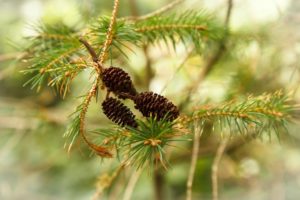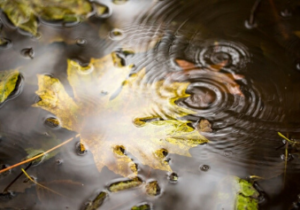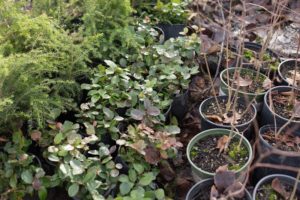How is COVID-19 impacting our natural world?
In the last few months, the world has been turned upside down by the COVID-19 pandemic. Cities around the world have shut down at various levels in attempts to curb the spread of the virus. More people are spending a majority of their time at home following stay-at-home orders, and many businesses have shut their doors. Some K-12 schools have been closed for the remainder of the school year, and many universities have switched to fully online programs to finish their spring terms. In many ways, our modern life has come to a screeching halt. Today, we’ll take a look at how these unprecedented changes have also had some unexpected impacts on the environment, and what behaviors we might need to change going forward.
Cleaner Air
 Amid its lockdown, China experienced a significant decrease in air pollution. It is estimated that this temporary drop in pollution has saved the lives of 4,000 children under the age of 5 and 73,000 adults over the age of 70 in China. As the rest of the world has slowed down, some of these effects have been seen in Europe and North America as well. Recently, the city of Los Angeles, which is known for its excessive air pollution, saw some of the best air quality in the world due to reduced traffic from stay-at-home orders. The period spanning March 1st through April 5th, 2020 compared with that same period in 2019 showed a decrease in nitrogen dioxide levels across major cities in the United States. Locally, Seattle had a reduction of 19 percent while Los Angeles saw a 33 percent reduction.
Amid its lockdown, China experienced a significant decrease in air pollution. It is estimated that this temporary drop in pollution has saved the lives of 4,000 children under the age of 5 and 73,000 adults over the age of 70 in China. As the rest of the world has slowed down, some of these effects have been seen in Europe and North America as well. Recently, the city of Los Angeles, which is known for its excessive air pollution, saw some of the best air quality in the world due to reduced traffic from stay-at-home orders. The period spanning March 1st through April 5th, 2020 compared with that same period in 2019 showed a decrease in nitrogen dioxide levels across major cities in the United States. Locally, Seattle had a reduction of 19 percent while Los Angeles saw a 33 percent reduction.
Wild animals return to cities
Many cities in lockdown have experienced an unexpected resurgence of wildlife: A civet cat was seen roaming deserted stree ts in India, and a puma visited the city center of Santiago, Chile. Wild boars have come down from the hills in Spain, and sika deer were seen walking on empty streets in Nara, Japan. Locally, a lone wild turkey has been sighted roaming the streets of West Seattle. Typically, animals stay in parts of cities that humans don’t frequent or use. Now that people are staying home, we are seeing emboldened wildlife using areas they usually avoid.
Clearer Waters

Making changes
If heavily polluted cities can see a drastic reduction in air pollution in a span of two months, what can we achieve in the long run? A good start to combating air pollution might include more work-from-home in jobs that can be at least partially remote; it has been shown that telecommuting in the U.S. has the potential to reduce air pollution. We have also learned during this time that it is possible for universities to offer more online learning options. These options could cut down on air pollution, while saving money and resources for employees, students, and universities. In addition, better public transportation infrastructure that increases the use of transit could help reduce pollution by keeping more cars off the road. Increased fuel mileage and alternative fuel vehicles could have a large part to play in this as well. To see how you can help locally with better air quality, you can find information on alternative fuel vehicles and suggested retrofits for better fuel economy and cleaner emissions at the Puget Sound Clean Air Agency.
If cities are seeing wildlife re-emerge after only a brief hiatus of human activities, maybe what they need is larger, healthier spaces to live in. More quality green space for wildlife in and near cities, along with wildlife corridors to connect these spaces, could provide much-needed habitat. A local example of this effort is the I-90 Wildlife Bridges Campaign, which aims at restoring connectivity of wildlife habitat where it has historically been disrupted by Interstate 90.

The big picture
This pandemic has disrupted the lives of billions across the globe and changed our daily routines in unprecedented ways. In doing so, it has also offered a fleeting glimpse of how we have impacted the natural world and perhaps hinted at how we might begin to undo those impacts once this crisis has passed.
Written by Nate Williams, DNDA Forest Restoration Intern
